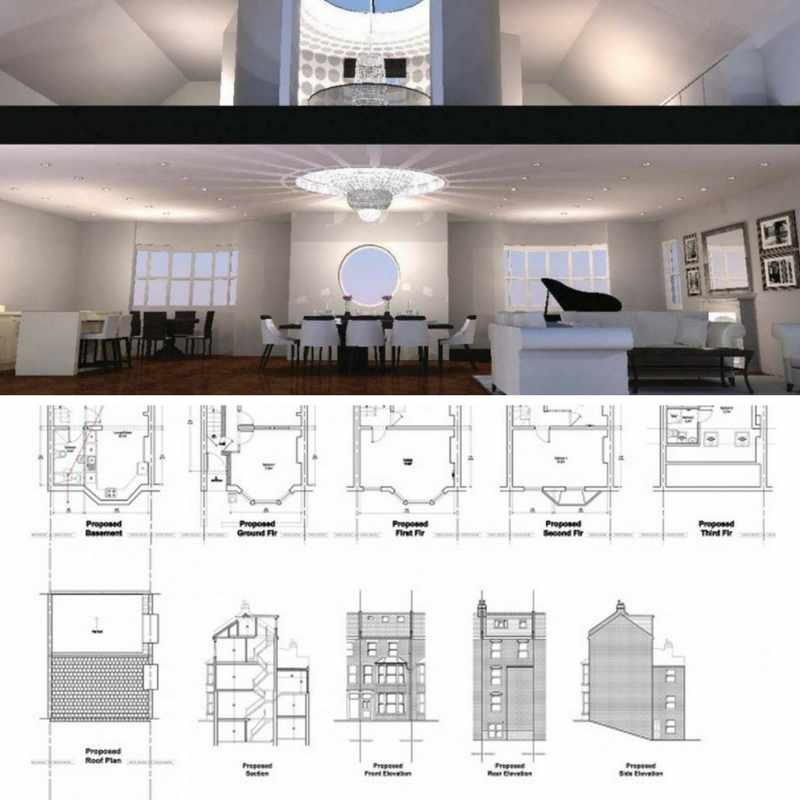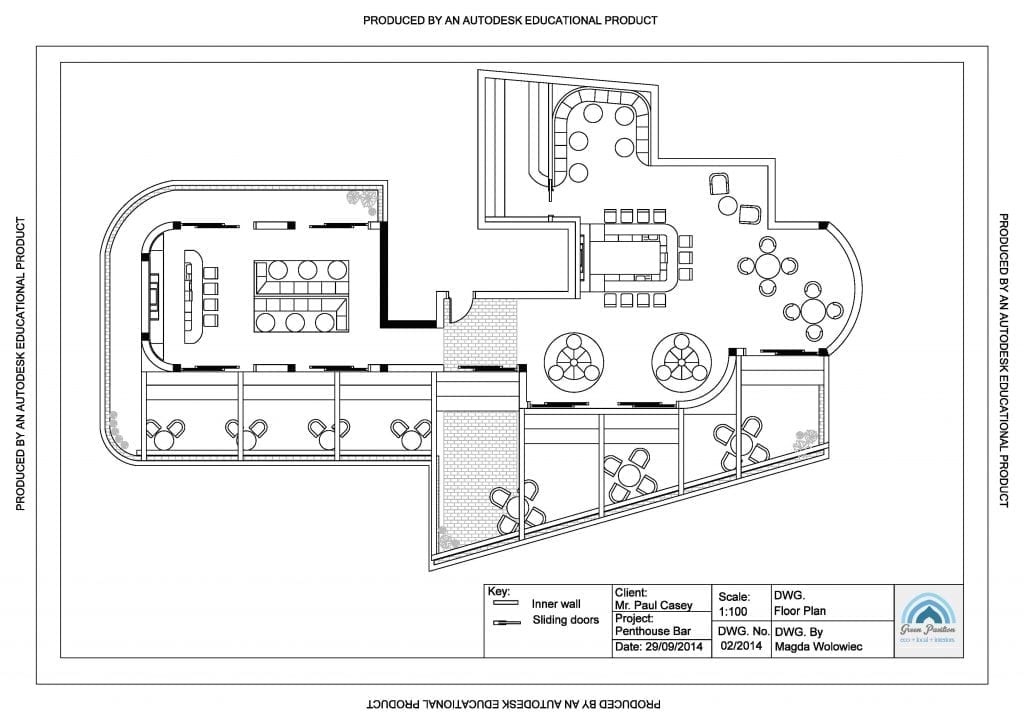The Art of Equilibrium: Exactly How Interior Design and Home Engineer Collaborate for Stunning Outcomes
In the realm of home design, striking an equilibrium in between visual appeals and capability is no little feat. This fragile balance is achieved via the harmonious collaboration between indoor developers and engineers, each bringing their distinct knowledge to the table. The result? Rooms that are not only visually spectacular but also incredibly comfortable. Nonetheless, this best mix is not always simple to acquire. Stick with us as we explore the ins and outs of this collective process and its transformative impact on home style.
Recognizing the Core Differences In Between Interior Layout and Home Architecture
While both Interior Design and home style play vital duties in producing aesthetically pleasing and functional rooms, they are inherently various disciplines. Home design mostly concentrates on the structural aspects of the home, such as building codes, safety and security laws, and the physical building and construction of the space. It manages the 'bones' of the structure, collaborating with spatial dimensions, load-bearing walls, and roofing layouts. On the other hand, Interior Design is much more worried with boosting the aesthetic and sensory experience within that structure. It includes picking and setting up furnishings, picking color pattern, and integrating decorative elements. While they function in tandem, their duties, obligations, and locations of experience split substantially in the development of a harmonious home environment.
The Harmony Between Home Style and Inside Style
The synergy in between home design and Interior Design exists in a shared vision of design and the enhancement of practical appearances. When these two areas straighten harmoniously, they can change a living room from regular to remarkable. This collaboration requires a much deeper understanding of each discipline's concepts and the capability to create a cohesive, visually pleasing setting.
Unifying Design Vision
Combining the vision for home architecture and indoor layout can create an unified living room that is both functional and aesthetically pleasing. It promotes a synergistic method where building aspects complement interior layout components and vice versa. Thus, unifying the layout vision is essential in mixing style and interior design for sensational outcomes.
Enhancing Practical Appearances
Just how does the harmony between home architecture and interior style boost useful looks? Architects lay the foundation with their structural style, making sure that the area is efficient and functional. An architect might design a residence with high ceilings and big home windows.
Value of Collaboration in Creating Balanced Spaces
The collaboration between interior developers and architects is pivotal in creating well balanced rooms. It brings harmony in between style and design, offering birth to rooms that are not only visually pleasing but also useful. Exploring successful collective approaches can offer insights into how this harmony can be effectively accomplished.
Harmonizing Design and Style
Equilibrium, an essential element of both look at this now indoor style and architecture, can just really be accomplished when these 2 areas work in harmony. This collaborative process results in a cohesive, well balanced style where every element has an objective and contributes to the general aesthetic. Integrating layout and architecture is not simply about producing beautiful rooms, however concerning crafting areas that work perfectly for their residents.
Successful Collective Methods

Instance Researches: Effective Assimilation of Layout and Style
Examining numerous situation researches, it ends up being obvious exactly how the effective integration of Interior Design and design can change an area. The Glass House in Connecticut, renowned for its minimalistic elegance, is one such instance. Architect Philip Johnson and indoor developer Mies van der Rohe teamed up to create an unified balance between the framework and the interior, leading to a smooth circulation from the exterior landscape to the internal living quarters. An additional prototype is the Fallingwater Home in Pennsylvania. Engineer Frank Lloyd Wright and interior designer Edgar Kaufmann Jr.'s collective initiatives result in an amazingly special house that mixes with its all-natural environments. These study underscore the extensive impact of a successful design and architecture collaboration.

Getting Over Difficulties in Style and Architecture Partnership
In spite of the indisputable advantages of an effective cooperation between indoor style and architecture, it is not without its obstacles. Architects may prioritize architectural stability and safety and security, while designers concentrate on comfort and style. Efficient communication, common understanding, and compromise are important to get over these obstacles and achieve a successful and unified partnership.

Future Patterns: The Advancing Relationship In Between Home Architects and Inside Designers
As the globe of home design proceeds to develop, index so does the partnership in between engineers and indoor developers. On the other hand, interior developers are embracing technical facets, affecting overall design and performance. The future assures an extra natural, cutting-edge, and adaptive strategy to home layout, as designers and designers continue to obscure the lines, cultivating a connection that really personifies the art of equilibrium.
Final thought
The art of equilibrium in home layout is accomplished via the unified partnership in between indoor designers and designers. An understanding of each other's self-controls, effective interaction, and shared vision are critical in developing aesthetically spectacular, useful, and inviting rooms. In spite of obstacles, this partnership cultivates development and advancement in layout. As the partnership between home designers and interior designers advances, it will remain to form future trends, enhancing convenience, effectiveness, and individual expression in our home.
While both interior style and home design play crucial roles in producing cosmetically pleasing and useful spaces, they are naturally different self-controls.The synergy between home design and interior style lies in a shared vision of style and the improvement of practical appearances.Unifying the vision for home design and indoor style can create an unified living room that is both useful and visually pleasing. Therefore, unifying the style vision is vital in blending style and interior design for sensational results.
How does the synergy in between home style and indoor style boost useful visual appeals? Read More Here (Winchester architect)